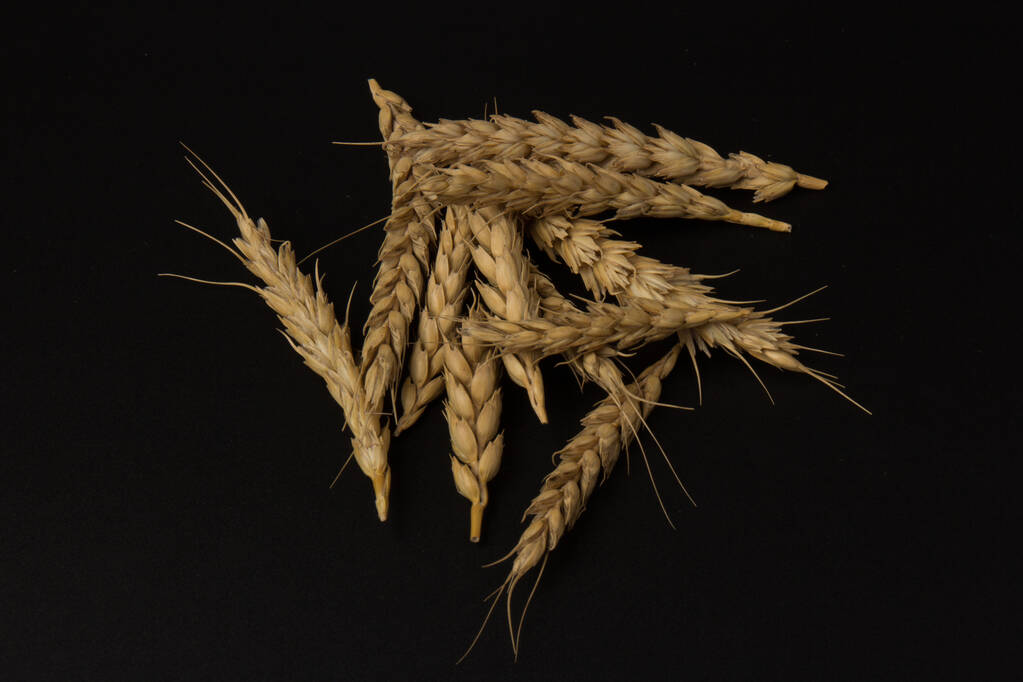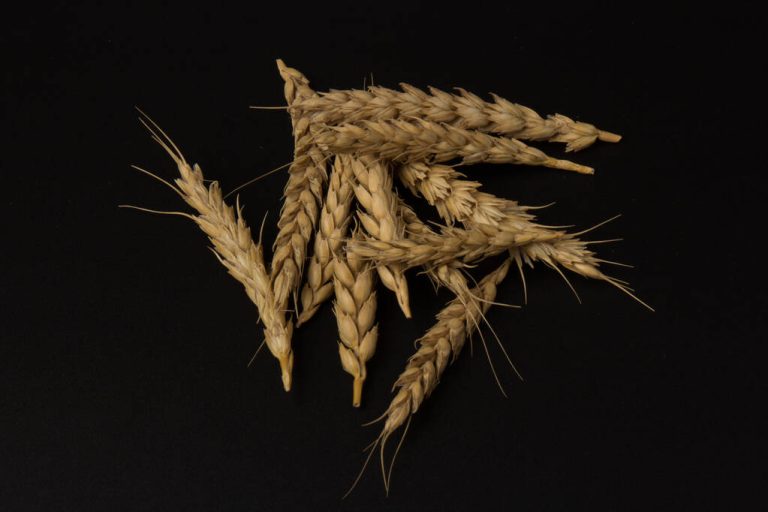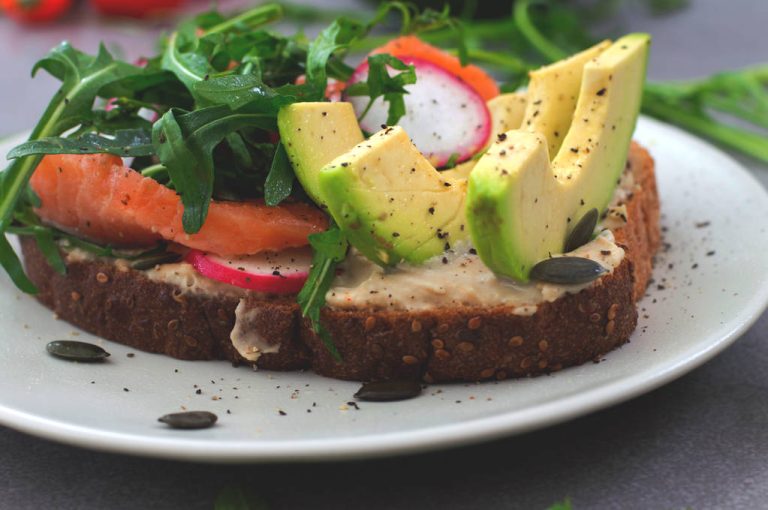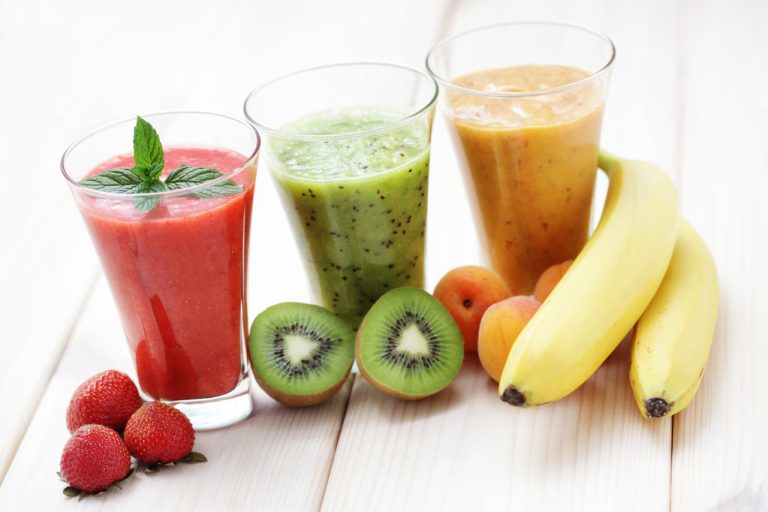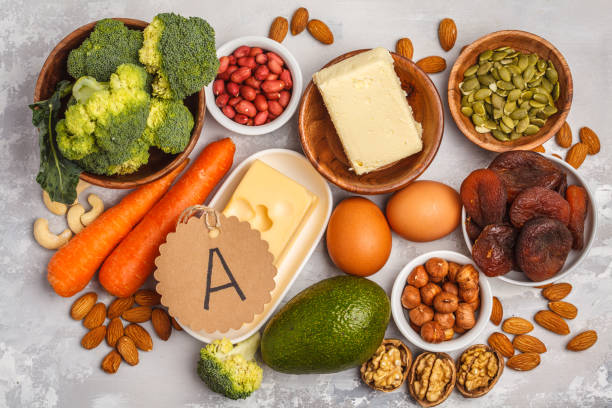Many useful bird feeding tips will help feed free birds. Because even if such feeding is well-intentioned, it can lead to damage if done incorrectly. That’s why we’ve put together an overview of the most important facts about feeding birds for you.
Important bird feeding tips
If you want to feed birds, you should first follow a few important rules. Otherwise, you can cause dangerous damage to the birds by feeding them. Because not every food is suitable. Also, you shouldn’t feed the free birds every season. So that the little flying spirits in your area don’t die from your food, heed the following tips:

1) The right time to feed the birds
The birds should not be fed during the breeding season, as the small birds only tolerate certain types of food. Therefore, it is better to use the cold seasons for feeding, when natural food sources are less available. If you still want to do something good and help birds with nutritional supplements even without wintry temperatures, then you should not feed them fatty food, peanuts, or sunflower seeds. Instead, only use the following food to feed the birds during this time:
- Fresh or frozen insect food,
- Smallest, low-fat seeds from local wild herbs.
2) Choosing the right birdseed
In the winter months, on the other hand, a nutritious healthy mix of grains, such as cereals and sunflower seeds, and fruits are required. Crushed nuts are popular in all types and are particularly high in energy. But be careful: Only offer the nuts in their natural state. And never offer salted, sugared, or spiced variants to the birds. So just feed the birds of course. You can also find suitable food for various bird species in supermarkets and specialist shops. Also, note tips for making fat balls yourself and making feeding bells.
3) Keep feeder dry and clean
If you help the birds in your garden or on the balcony with food, you should keep the feeding area clean. To do this, you should separate bird droppings from the food to avoid the outbreak of diseases. Therefore, the use of feeding columns is recommended, as they guarantee more hygiene. Also, make sure that you keep the birdseed as dry as possible. If you also want to feed hedgehogs in the garden, there are a few things to consider here as well.
4) Pay attention to hygiene when feeding the birds
As already mentioned, the feeding station or bird feeder must remain clean. Therefore, use the following instructions for cleaning the bird feeder: Do not use chemicals. Instead, you can brush the bird feeder and rinse it with hot water. Then let it dry before you put the food inside again.
5) Stop feeding birds when they are dead
If you find dead birds, you have to be careful. Because then salmonellosis or trichomoniasis could be the cause of dead birds at the bird feeder. Both diseases are transmitted at bird feeders. Especially in late winter or during mild winters. Then stop feeding the bird. Then clean and disinfect the house thoroughly, e.g. with the household remedy vinegar essence. In addition, remove all leftover food, including from the ground. Since the diseases can also be contagious to humans, you should only handle dead birds with rubber gloves. Then dispose of it the household waste in a plastic bag and disinfect your hands thoroughly.
6) Feed small birds
It may happen that your well-intentioned bird feeding also attracts large birds, such as ravens or doves. Very few people want pigeons in their garden or on the balcony. Instead of having to drive the pigeons away, you should take preventative measures beforehand. Accordingly, you can fence the birdhouse or the feeding place with wire mesh. As a result, only the small songbirds get to the feeding station.
7) Bird feeding safety
Likewise, you should think about the safety of the birds when you start feeding them. Therefore, it is best to set up the birdhouse free-standing. Thus, birds are better protected from sneaking cats. Placing the birdhouse at least three to four meters away from a tree or bush is ideal. You should also chase away the cats if they are too close to the aviary.
8) Use bottom feeding
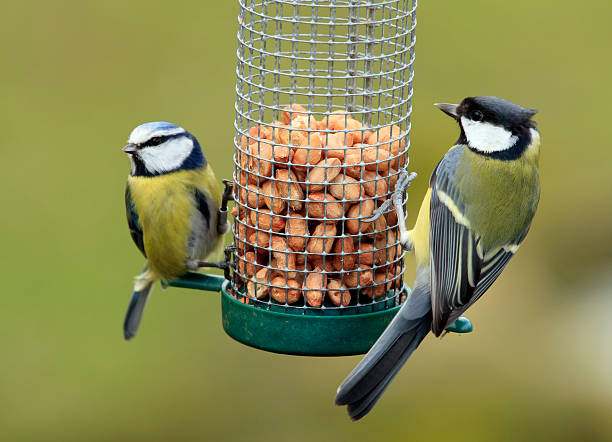
There are some bird species that forage on the ground. Therefore, there are special automatic feeders for bottom feeding. Here, too, you should pay particular attention to hygiene and regularly clean the feeding area on the floor.
9) Provide nesting aids for small birds
Nowadays, smaller bird species cannot find enough nesting sites and shelters in nature. Accordingly, you can provide artificial nesting sites in the garden. The following guidelines for suitable nesting aids apply to small bird species: internal dimensions of approx. 10 x 10 x 10 cm are good for them as a breeding ground. Thus, pipes, triangular boxes, or a “normal shape” with these dimensions make sense. The main thing is that the size of the entry hole is sufficient. Then mount each device high in a tree so the little songbirds feel safe. Another good idea is to build an insect hotel.
10) Build a nesting aid yourself
You can also build a nesting aid for birds yourself. Consequently, rough-sawn spruce wood is best suited. The thickness should be approx. 20 mm. You can also use glued waterproof plywood. However, you should make sure that it was not made using tropical wood. The inner walls should be roughened so that the young birds can reach the opening from the inside. Screws work best when assembling the box, nails won’t last very long. For an environmentally friendly impregnation of the raw wood box, you should paint it with linseed oil. Thus it is biodegradable. You should also provide the base plate with tiny approx. 6mm small holes. Because that ensures better ventilation.
